We Are Now in Control
How much of the earth’s resources are humans consuming? The earth is big and we’re small, and from an individual’s perspective any reasonable attempt to answer this would be daunting. So, some have narrowed the measure of our impact to only the plant matter that we consume. This is called the net primary production (NPP). According to numerous articles in some of the most prestigious peer-reviewed journals (Vitousek et al, 1986, BioScience; Rostaczer et al, 2001, Science; Imhoff et al in a 2004; Nature, Haberl et al, 2007, PNAS) we consume about a third of the earth’s plant matter. We make up 0.5% (that is, one-half of 1% of the mass of all animals) and yet we consume about 33% of the earth’s land plant biomass.
Not included in these measurements were land lost to desertification and urban settlements, roads, etc. The true human impact may be closer to 50% (which was within the margin of error in the 2001 study). Also absent from these calculations were our use of freshwater, our consumption of fossil fuels, or the appropriation of the NPP from freshwater and marine ecosystems.
According to the Millennium Ecosystem Assessment, about 50% of the earth’s land surface has been converted to cultivated crops and grazed land, and more than half of the earth’s forests have been lost in the process.
We have taken over much of life’s energy and yet even this is not enough. The human population is supposed to increase by another third by 2050 and consumption is projected to quintuple. We certainly cannot take 5-fold more from the earth. We are in the absurd position of the yeast in a wine vat, its population exploding in the abundance of sugar, not aware that the sugar is finite and that it will soon suffocate in its own waste. We are waking up. Knowledge is the first step, but only the first in a yet long journey.
